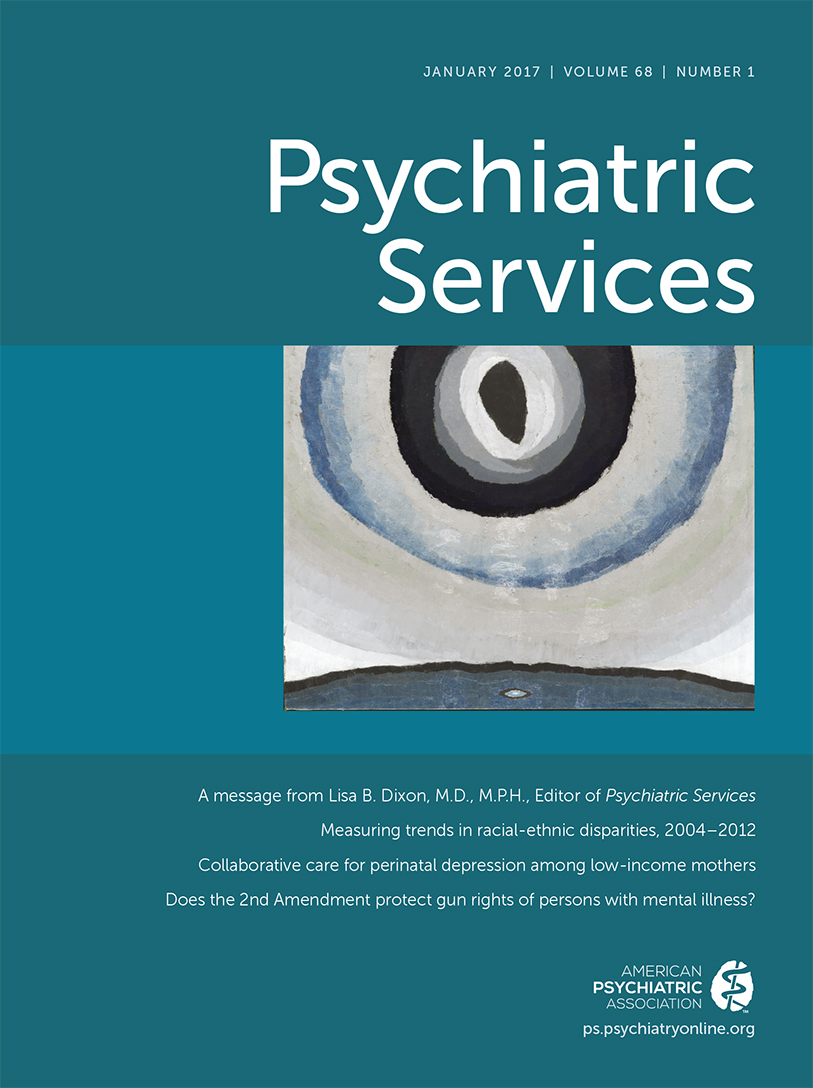Enrollment of Specialty Mental Health Clinics in a State Medicaid Program to Promote General Medical Services
Abstract
Objective:
To promote integrated general medical care for individuals with serious mental illness, the New York State Office of Mental Health (OMH) established regulations allowing specialty mental health clinics to provide Medicaid-reimbursable health monitoring (HM) and health physicals (HP). This study examined clinics’ enrollment in this program to understand its potential to reach individuals with serious mental illness.
Methods:
Information on enrollment and characteristics of clinics (N=500) was obtained from OMH administrative databases. Clinic enrollment in the HM/HP program was examined for the program’s first five years (2010–2015). Logistic regression models accounting for the clustering of multiple clinics within agencies were used to examine characteristics associated with enrollment.
Results:
A total of 291 of 500 (58%) licensed clinics in New York State in 2015 enrolled in the HM/HP program, potentially reaching 62% of all Medicaid enrollees with serious mental illness seen in specialty mental health clinics in the state. State-operated clinics were required to participate, and had 91% enrollment. Over half of hospital-affiliated and freestanding mental health clinics elected to enroll (53% and 54%, respectively). In adjusted models, enrollment was higher among freestanding clinics compared with hospital-affiliated clinics, higher in larger than smaller clinics, and higher in county-operated than in private nonprofit clinics.
Conclusions:
The high level of enrollment in the HM/HP program indicates strong interest among mental health clinics in providing general medical care services. However, supplemental policies may be needed to extend the program to areas of the mental health system where barriers to general medical care services are highest.



